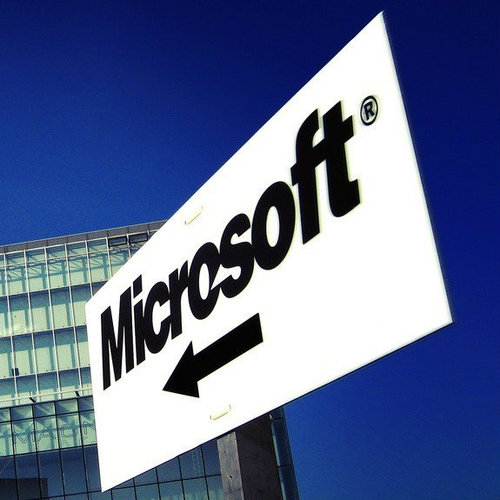Microsoft: Every Cloud Customer a Potential Software Partner
Deals like the one Microsoft recently announced with Boeing, where Microsoft Azure will run Boeing's commercial aviation analytics tools, will become more common, company executives said on Microsoft's quarterly earnings call.

A deal announced this week between Microsoft and Boeing points to a realignment of the vendor-customer relationship: For Microsoft, every enterprise cloud customer is a potential software partner too, CEO Satya Nadella said on his company's earnings call Tuesday.
On Monday the two companies announced an agreement to build a platform for Boeing's commercial aviation analytics tools -- already used by more than 300 airlines to optimize operating efficiency -- on Microsoft Corp. (Nasdaq: MSFT) Azure cloud. (See Boeing & Microsoft Building Cloud-Based Aviation Analytics.)
"Anyone who is a customer of Azure is also in some form an ISV [independent software vendor]," Nadella said. That doesn't just apply to tech companies; it also includes Boeing, General Electric Co. (NYSE: GE), Schneider Electric , ADP and other enterprises moving intellectual property to applications on Azure, which can then be used by other companies. (See Microsoft & GE Team on IoT Nuts & Bolts.)
That allows Microsoft to offer premium services at a premium gross margin and compete more effectively with Amazon Web Services Inc. , Nadella said.
As for financial results: Microsoft saw explosive growth in its Azure business, up 102% year-over-year for the quarter ending June 30. The annualized run rate topped $12.1 billion, putting Microsoft on track to achieve its goal of $20 billion in annual cloud revenues by 2018. (See Microsoft Reports $20.6B 4Q Revenue.)
Overall, Microsoft saw non-GAAP revenue of $92 billion for the full year of fiscal 2016, down 2% year-over-year, with net income of $22.3 billion, up 3%, and diluted earnings per share of $2.79, up 6%.
For the quarter ended June 30, Microsoft reported revenue of $22.6 billion non-GAAP, up 2% year-over-year, with net income of $5.5 billion, up 8% year-over-year and diluted earnings per share of $0.69, up 11% year-over-year.
Microsoft stock traded up 4.24%, at $55.34, after hours.
Want to know more about the cloud? Visit Light Reading Enterprise Cloud.
Highlights for the quarter, with a particular focus on the cloud business, include:
Office commercial products and cloud services revenue grew 5%, up 9% in constant currency, driven by Office 365 commercial revenue growth of 54%, or 59% in constant currency. Office consumer products and cloud services revenue grew 19%, up 18% in constant currency, with Office 365 consumer subscribers increasing to 23.1 million.
Dynamics products and cloud services revenue grew 6%, up 7% in constant currency, with Dynamics CRM Online paid seats growing more than 2.5x year-over-year.
Intelligent Cloud revenue grew 7%, up 10% in constant currency, to $6.7 billion.
Server products and cloud services revenue increased 5%, up 8% in constant currency, driven by double-digit annuity revenue growth.
Revenue was down 4%, or 2% in constant currency, in the category Microsoft calls "More Personal Computing," which includes some Windows revenue, Surface, Phone, Xbox Live and search. However, everything in that category was up other than phone revenue, which was down 70%.
Microsoft is focused on moving its transactional, traditional, on-premises software business to the cloud, but it does not fear cannibalizing its own business, because Boeing and other examples show the cloud permits new applications not possible with on-premises software, Nadella said. "Our servers never did what customers are now doing in our cloud. On a fundamental, long-term, secular basis, we have new growth, and new workloads, and that's what we're focused on," Nadella said. The potential market for cloud is much bigger than the transactional business. (See Microsoft Sees AT&T & IBM as Scary Lessons – Report.)
This was Microsoft's first earnings report since Microsoft announced it plans to acquire LinkedIn. Microsoft said it expects that deal, announced in June, to close in the second quarter. (See Microsoft Nabs LinkedIn for $26.2B, Microsoft & LinkedIn: Marriage Made in the Cloud and Under Microsoft, LinkedIn's Big Cloud Plans Face Uncertain Future.)
— Mitch Wagner, 
 , Editor, Light Reading Enterprise Cloud.
, Editor, Light Reading Enterprise Cloud.
About the Author(s)
You May Also Like












